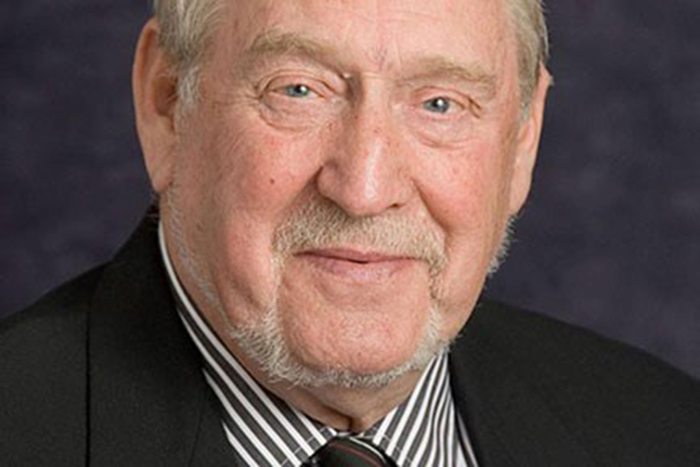Australian mining company, Troy Resources Limited says that its Managing Director, Ken Nilsson, passed away yesterday morning after failing to recover from a medical procedure last week.
Nilsson’s passing will likely raise further questions about the future of the company’s Karouni gold mine in Region Seven which has experienced a range of problems in recent years.
A release yesterday from Troy said that Nilsson initially became Managing Director in 1997 and, after stepping down, was re-appointed as Managing Director again in 2017.
In the period since his initial appointment, he was personally responsible for the development and operation of all the various mining operations held by the Company, the statement noted.
Along with former director, John Jones, Troy said that Nilsson was responsible for much of the success enjoyed by Troy shareholders, most notably over the period 2000 to 2012.
Troy’s Chairman, Peter Stern, said yesterday:
“I am deeply saddened by Ken’s passing.
“He was not only an incredibly valued employee, bringing significant passion and energy, but a fine man.
“He will be deeply missed.”
In May this year, Troy had announced that the start of Guyana’s first underground gold mining project could commence in October. Last month, the company said that because of inclement weather these plans had been further pushed back.
In May, Nilsson had also assured that the company was not shutting down operations here.
“The initial work which was planned to start around the 1st of July now seems more likely to take place in October. We anticipate that all preparatory technical work on the underground operations will be completed by mid to late June,” Nilsson said in a statement clarifying the status of his company’s operation.
The statement had been prompted by a report in Stabroek News which said that with gold ore plummeting in two key pits, Troy Resources had announced that processing activities could cease in August or September at its Region Seven site until the delayed underground mine project gets underway.
Troy had been aiming for a seamless transition from its open-mine operations to underground mining but with the COVID-19 pandemic, it was forced to push back timelines and work plans.
Troy has already received the necessary permits to commence infrastructure works and is working closely with the Guyana Geology and Mines Commission and other government departments to assist in the formulation of a set of mining regulations for underground mining operations in Guyana.
“The current preferred mine plan involves bulk mining of the deposit to maximize gold production. A two-stage development approach is currently preferred to minimise capital expenditure requirements. This will see initial development of a relatively short drive of approximately 800 metres to the first ore zone of approximately 30,000 ounces, revenue from the sale of which will be used to fund further development,” the company disclosed.
In October 2020, the company announced that it had ‘struck gold’ with a bonanza discovery of a vein at its Smarts underground mining project at its Karouni mining site in Region Seven showing 131.93 grams of gold per tonne of ore (g/t Au).
Troy has encountered a series of setbacks in recent years. It closed its operations in October 2019 after an employee died at its Karouni mine site. It restarted its operations in January 2020 and was then affected by the COVID-19 pandemic. It did also experience financial difficulties which saw it entering into a gold loan facility of 5,200 ounces with Asian Investment Management Services Ltd (AIMS), a Malaysian based investment fund (Facility).
In February this year, Troy produced 2,653 ounces of gold, up from 2,113 ounces in January, putting production for the first two months of 2021 at 4,766 ounces in comparison to 4,195 ounces for the last quarter of 2020.
By contrast and prior to encountering major difficulties, Troy produced 58,118 ounces of gold in 2018 and 70,207 ounces in 2017.









